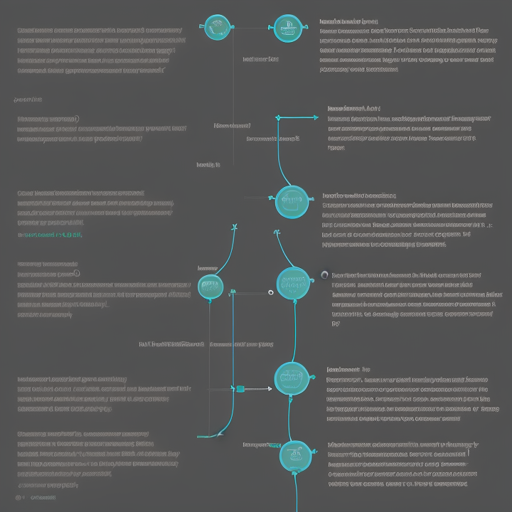The Moshew Paraphrase MPNet Base V2 SetFit SST2 model is designed to transform sentences into dense vector representations, making it an excellent tool for tasks such as semantic search and clustering. In this guide, we’ll walk through the steps to implement this model using both the Sentence-Transformers library and Hugging Face Transformers. Ready? Let’s dive in!
Why Use Sentence Similarity Models?
Understanding the similarity between sentences can enhance search functionalities, improve recommendation systems, and aid in natural language understanding. This model helps convert sentences into vectors that represent their meanings, making comparisons simple and effective.
Getting Started: Installation
Before using the model, ensure you have sentence-transformers installed. You can do this using pip:
pip install -U sentence-transformersUsage with Sentence-Transformers
Once the installation is complete, you can utilize the model as follows:
from sentence_transformers import SentenceTransformer
# Your sentences
sentences = ["This is an example sentence", "Each sentence is converted"]
# Load the model
model = SentenceTransformer('moshewparaphrase-mpnet-base-v2_SetFit_sst2')
# Generate embeddings
embeddings = model.encode(sentences)
# Output the embeddings
print(embeddings)Usage without Sentence-Transformers
If you prefer not to use the Sentence-Transformers library, you can still leverage the model using Hugging Face’s Transformers. Below is a simple guide to get you started:
from transformers import AutoTokenizer, AutoModel
import torch
# Mean Pooling function
def mean_pooling(model_output, attention_mask):
token_embeddings = model_output[0]
input_mask_expanded = attention_mask.unsqueeze(-1).expand(token_embeddings.size()).float()
return torch.sum(token_embeddings * input_mask_expanded, 1) / torch.clamp(input_mask_expanded.sum(1), min=1e-9)
# Your sentences
sentences = ["This is an example sentence", "Each sentence is converted"]
# Load model from Hugging Face Hub
tokenizer = AutoTokenizer.from_pretrained('moshewparaphrase-mpnet-base-v2_SetFit_sst2')
model = AutoModel.from_pretrained('moshewparaphrase-mpnet-base-v2_SetFit_sst2')
# Tokenize sentences
encoded_input = tokenizer(sentences, padding=True, truncation=True, return_tensors='pt')
# Compute token embeddings
with torch.no_grad():
model_output = model(**encoded_input)
# Perform mean pooling
sentence_embeddings = mean_pooling(model_output, encoded_input['attention_mask'])
# Output the sentence embeddings
print("Sentence embeddings:")
print(sentence_embeddings)Understanding the Code: An Analogy
Think of transforming sentences into embeddings like turning a recipe with various ingredients into a dish. Each ingredient (word) contributes to the final taste (meaning). The transformer model acts as a master chef that skillfully mixes these ingredients to produce an exquisite dish (the sentence embedding). The mean pooling function ensures that all flavors are taken into account, resulting in a balanced dish that represents the overall essence of the recipe.
Model Evaluation
The model has been evaluated automatically through the Sentence Embeddings Benchmark. This allows users to see how it performs against various tasks and datasets.
Training Overview
The training process employed a DataLoader consisting of 8650 examples, utilizing parameters such as:
- Batch Size: 8
- Loss Function: CosineSimilarityLoss
- Learning Rate: 2e-05
- Epochs: 1
This careful training regimen ensures that the model learns effectively, providing high-quality embeddings for various sentence pairs.
Troubleshooting
If you encounter issues using the model, here are some tips to resolve them:
- Ensure that all dependencies are properly installed and up-to-date.
- Double-check that the model name used in the code snippets matches the model available on Hugging Face.
- If the embeddings are not outputting as expected, validate the input sentences for any unusual formatting or characters.
For more insights, updates, or to collaborate on AI development projects, stay connected with fxis.ai.
Conclusion
By now, you should have a solid understanding of using the Moshew Paraphrase MPNet Base V2 SetFit SST2 model to derive sentence embeddings for similarity tasks. At fxis.ai, we believe that such advancements are crucial for the future of AI, as they enable more comprehensive and effective solutions. Our team is continually exploring new methodologies to push the envelope in artificial intelligence, ensuring that our clients benefit from the latest technological innovations.

